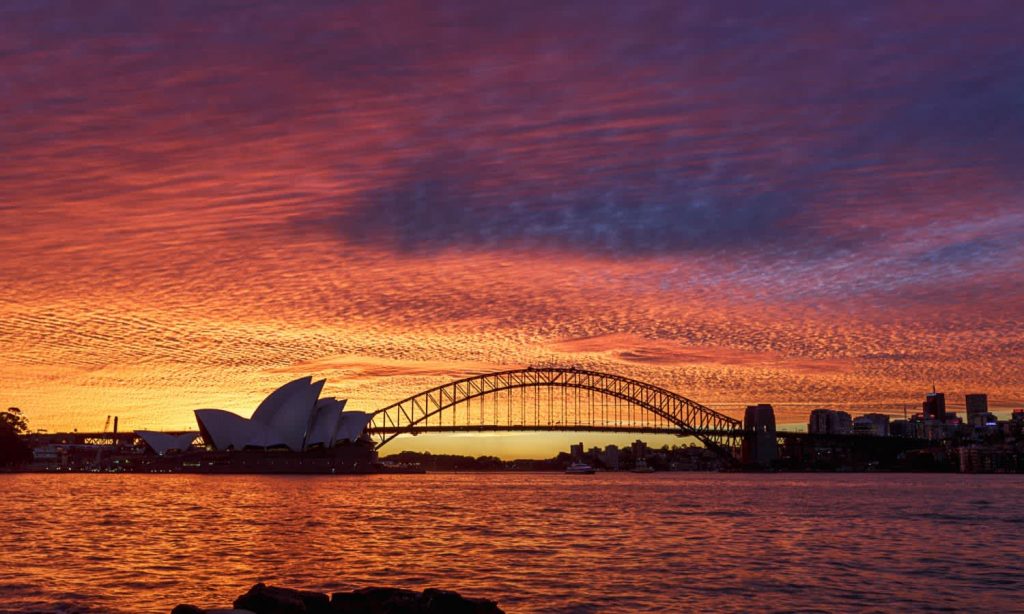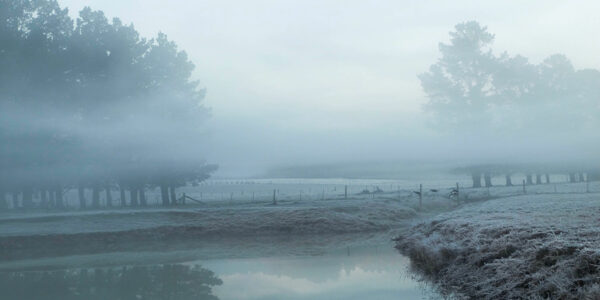If you’ve been wondering why Australia has been getting spectacular sunrises and sunsets one after the other in recent weeks, turns out it’s to do with a volcano that erupted six months ago.
A University of Melbourne atmospheric chemist said the eruption of undersea volcano Hunga Tonga-Hunga Ha’apaei on January 15 this year pumped particles like ash, sulphates and water vapour into the stratosphere. The volcano had killed at least six people in Tonga and injured a further 19.
“It injected a lot of material into the stratosphere, and that’s almost certainly contributing to what we’re seeing right now,” Professor Robyn Schofield told the ABC. “Particles in the atmosphere, on the whole, provide a surface to scatter and it’s the scattering of light that causes our beautiful sunsets and sunrises.
View this post on Instagram
“So, what happens is the troposphere is all in shadow and about 20 to 25 minutes after sunset, most of the light is scattering off the stratosphere and down into our eyes.”
The sunrises and sunsets this year have more vivid oranges, as compared to purple and pinks last year, Ilona Diessner, a photographer in Albany, WA, told the publication. “I’ve noticed that the sunrises are as colourful as the sunsets, which I didn’t see much of last year,” she said.
As for why we’re seeing impacts of the volcano explosion six months down the track, Professor Schofield said it has to do with the time it takes for the air to circulate, gradually moving southward toward Antarctica.
View this post on Instagram
“We have fast winds in the stratosphere, and it takes about 12 days for an injection of material to circumnavigate the globe,” she said. “But it also needs to move slowly towards the poles and come out. And that overturning circulation, which will remove material from the stratosphere, will take between three and five years.”
As the material thins out, though, like dropping food colouring into water, it’ll become less and less noticeable, meaning we won’t be treated to the vivid sunrises and sunsets for too much longer, though, scientists reckon that could last up to another year.
Read more stories from The Latch and subscribe to our email newsletter.







